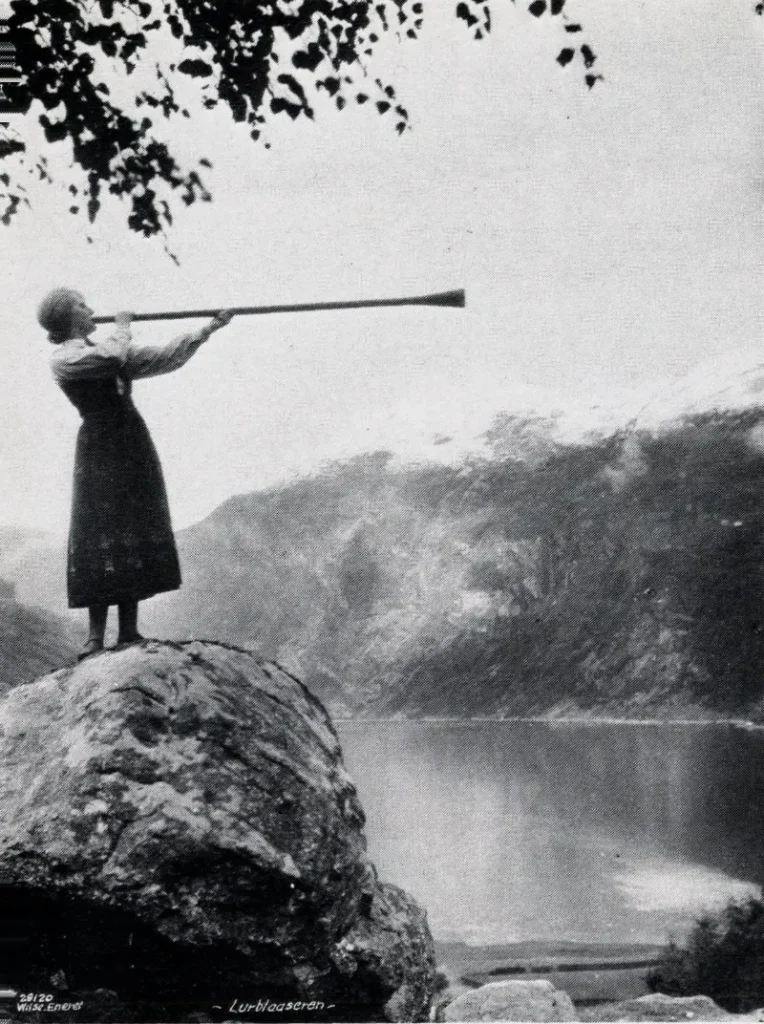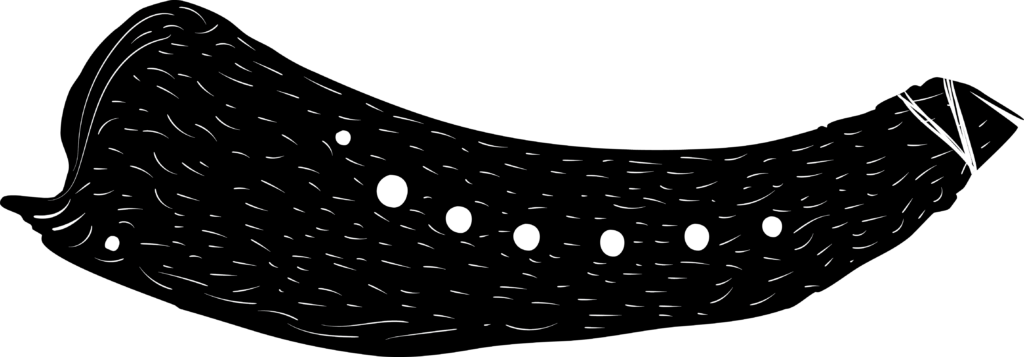The lur is an overblowing instrument that has been used in Norway since the Bronze Age. The oldest findings of lurs in Scandinavia are the magnificent bronze lurs, which are between 2,500 and 3,000 years old. Later, the wooden lur developed as a more common variant, used by both herdsmen and fishermen.

The wooden lur was traditionally made from birch, spruce, or pine, but juniper, willow, hazel, rowan, and aspen have also been used. The usual method was to split a log lengthwise, hollow it out, and then bind the parts together again with birch bark or root fibers. To make the lur airtight, pitch (tar) was often applied to the outside. The length could vary from three-quarters of a meter to over three meters, but most lurs were between 90 and 150 cm long.
In the Oseberg find from the Viking Age, a tube was discovered that is likely a lur, about 107 cm long. Other historical examples include a lur nearly 2 meters long preserved in a museum in Dublin. These findings testify to the long tradition this instrument has in Nordic culture.
Historically, the lur has served several important functions. On mountain pastures, it was an important signaling instrument for herdsmen, used to communicate with each other, with animals, and to frighten away predators. Along the coast, especially in Nordland, fishermen used a similar type of instrument called "galdrelur" or "notalur" for communication. This shows the important role the lur has played in daily life in many parts of the country.
The sound of the lur is created by lip vibrations against a mouthpiece, and the lur has a range of 7-8 notes. Since the lur has no finger holes, the tones are produced by overblowing, and the range is limited to the natural harmonic series.
The distribution of the wooden lur has mainly followed the summer farming areas of the country. Birch bark and root fiber work dominated in the valleys from Telemark to Valdres, Gudbrandsdalen, and South Østerdalen, as well as in parts of Western Norway such as Sogn og Fjordane. In North Østerdalen and especially Trøndelag, root fibers were the normal binding material.
As summer farming declined, the lur gradually lost its practical function. Nevertheless, the instrument has survived, both through the interest in folk music that emerged from the late 1800s, and through the work of researchers like Reidar Sevåg.
In recent times, the lur has experienced a renaissance through the work of musicians and instrument makers who have further developed the instrument. The lur is used today in both traditional folk music and in more experimental music forms, and is thus a living example of how ancient instruments can find new expressions in our time.
Further reading:
1973 - Reidar Sevåg - Det gjallar og det læt : frå skremme- og lokkereiskapar til folkelege blåseinstrument


